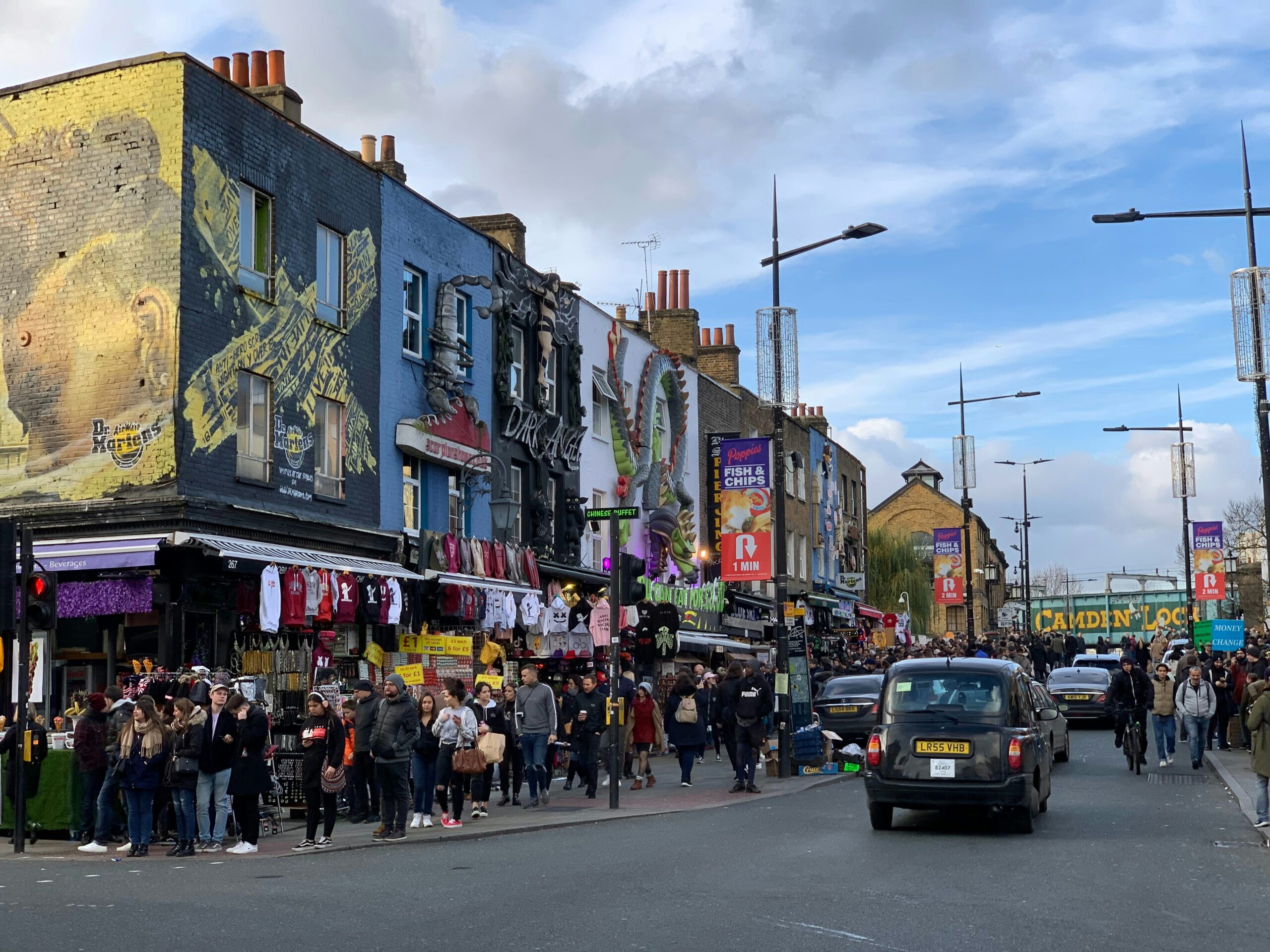How does language change?
Language change follows a predictable pattern
London and Londoners may seem unique and quite unpredictable. But the study of how language changes over time (called “historical linguistics”) has shown that, even though all languages are perpetually changing, these changes have a lifecycle. They follow a predictable and repeating — maybe universal — pattern at the societal level.
It is very common for people to think language is getting ruined by young people (such complaints feature in the earliest human texts, in Sumeria and Ancient Greece!). But in fact, language change has a regular cycle.
New varieties develop in the speech of ordinary people, while social ‘elites’ tend to use artificially controlled, older varieties. Over time, as the number of people speaking a new variety increases, and the young people who were the original speakers become adults, the new (often stigmatised) ways of speaking become ‘normal’ and standard.

How do changes in language start?
Changes in language have two kinds of origins. They may originate within the natural fluctuations of a language: sounds, sentences, and meanings always contain a certain amount of variation that might start to spread. Or they may originate as a result of social contact – when groups with different language forms encounter each other. The second type of change is especially common in a city like London.
These changes often happen in the most relaxed, natural, and unmonitored speech of cohesive social groups, typically the lower middle social classes, where social changes lead to the development of new ways of speaking. A change often starts out ‘below the radar’, with no one even noticing that it’s happening.
Gradually, people who are not familiar with the new form (e.g. older people or those from higher social classes or different regions) will encounter it, and this may start to attract comment or ridicule. It is seen as lower class, as ‘not real English’, or ‘not good English’, and becomes subject to prejudice and outsider status.
Interestingly, in later life, when people move into retirement, they sometimes shed some of that standard repertoire in their speech and become more vernacular again.
From ‘outsider’ status to part of ‘standard’ English
As time passes, new variants of speech, lexicon, or grammar become more widespread, recognised and used. It might be identified and named, and people will hear it more often in media, and in marketing and advertising.
However, the variety still has the status of ‘new’ and therefore unsuitable for serious registers of speech or genres. For example, it may still be frowned upon in academic or professional contexts, causing those speakers to face obstacles to access and acceptance.
New ways of speaking sometimes remain restricted to a specific cultural group. However, in the wider, dominant community, the new variants — particularly the intermediate forms, rather than the most vernacular forms — eventually lose their novelty and become widely used and recognised.
Eventually, they spread through larger social networks, move upwards through middle class users, and become delinked from their original working class or youth associations. Age plays a part too: especially as children encounter these forms in the natural speech of their parents and peers, they become less unusual or even noticed, and get integrated into the linguistic system of new generations.
The universal direction of language change
The common perception that a prestigious variety of a language is somehow separate and superior to street language is thus very inaccurate. In fact, in almost all cultures, today’s prestigious variety was yesterday’s new vernacular. In Greece, this was particularly explicit: the old standard variety, Katharevousa, became less and less prevalent, and a new standard was officially recognised in 1976: Dimotiki, literally the people’s language.
Why, since there is so much stigmatisation of new styles of speaking, does the ‘elite’ language not win out, due to its prestige?
One reason lies in sheer numbers—the majority of a population is distributed in the lower half of the socioeconomic hierarchy, where the cycles of change originate. Another is that casual talk, the mode in which we monitor our language the least, makes up the majority of our speech activity. And finally, the young will always hear standard speech as slightly older, and so will have a tendency to reject those older styles and formulate new ones.
Even supposedly established ‘standard’ ways of speaking are not immune to this process of change. There is a belief that Received Pronunciation (RP), the prestige accent of Britain, is fixed and unchanging, but nobody speaks like a newsreel from 1940. Even Queen Elizabeth II changed her speech over the course of her life (Harrington et al. 2000).
All of these changes, even those in RP and in the Queen’s speech, are in the direction of the speech of the masses, the universal direction of language change.
